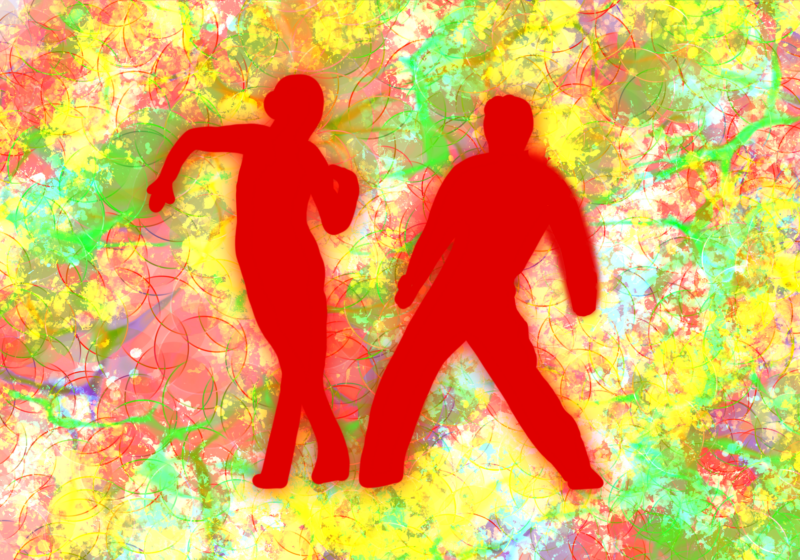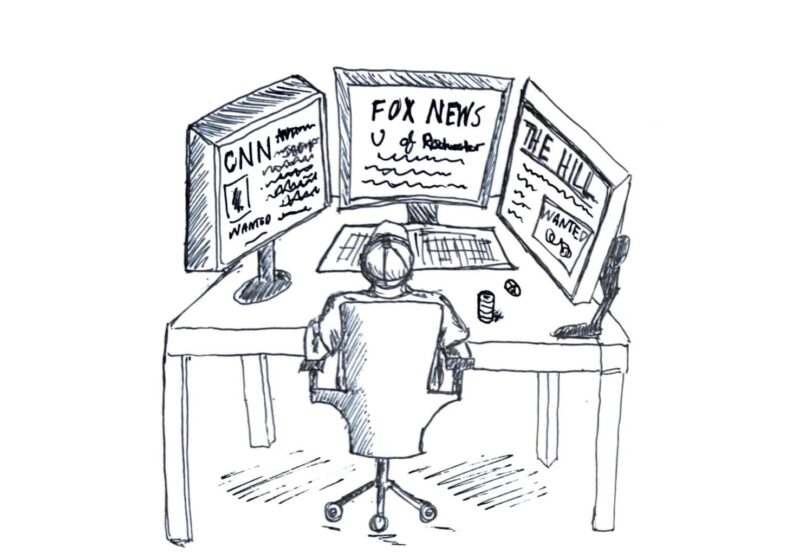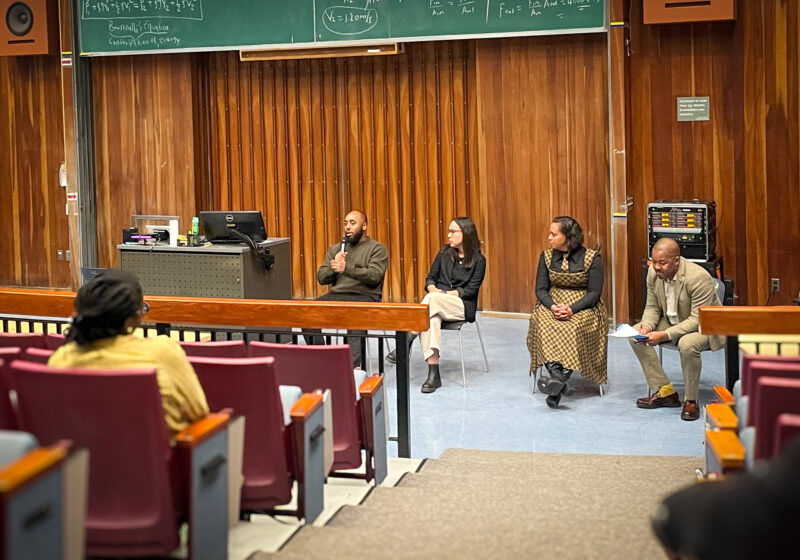“We expect that 25 years from now, the use of racial preferences will no longer be necessary to further the interest approved today.”
— Justice Sandra Day O’Connor, concerning affirmative action in her majority opinion draft for Bollinger v. Grutter, 2003.
On June 29, 2023, the Supreme Court overturned its previous ruling on affirmative action, eradicating over 40 years of precedent and marking the beginning of a renewed era of ambivalence in the future of college admissions. Despite having its share of proponents and critics alike, this contentious decision had one universal consensus — that affirmative action catalyzed a salient shift in the culture around accessibility to selective colleges during its standing duration, and that its revocation will have enormous consequences on the nation’s marginalized youth.
Affirmative action has long been treated with a sense of begrudging tolerance and there is no exception here. Former Justice O’Connor’s infamous statement has been interpreted widely as mandating an expiration date for affirmative action, fueling a brigade of recent adversaries calling for its overturning.
What’s more, the blatant transient undertones of the past upholding jurisdictions have long carried an air of impatience uncomfortably transparent in many of affirmative action’s biggest adversaries — many of who often use this point euphemistically to legitimize other, more sinister, anti-affirmative action sentiments.
The zero-sum nature of college admissions has certainly helped foster a chilling animosity against marginalized communities. In fact, common talking points of anti-affirmative action adversaries is that affirmative action unfairly disadvantages Asian American students by causing more qualified Asian applicants to be rejected in favor of far less qualified minority candidates, or that minorities that benefit from affirmative action do not “deserve” such benefits.
However, such obvious retaliatory sentiments are typically absent in arguments that make greater attempts at objectivity, which instead have a surface premise that appears quite reasonable. If the original devisers of affirmative action acknowledge that the policy is not intended to persist indefinitely, it would, in fact, seem correct to call for an end to affirmative action when it seems that not only has the inequality it was designed to combat has dissipated substantially, but also that the designated time frame for its termination is fast approaching.
The magnanimous effects of affirmative action necessitate that it be handled responsibly, and certainly with more delicacy than the laissez-faire optimism of complete dissolvement. It may seem as if many of the most egregious of systemic obstructions that barred marginalized communities from the same institutions as their white counterparts have been struck down, yet rarely, if ever, has law been accurately indicative of the deeply complex effects of centuries of generational suppression.
Despite what many may have anticipated, discriminatory policy and their respective cultural and socioeconomic consequences are neither coupled nor jointly dissolved — especially not when the discriminatory policies in question remain ubiquitous, albeit discreet and often unnoticed, in current policy.
To name one example of many, comparing the distribution of government funding, which is typically based on local taxes and thus higher for wealthier districts, in majority-white versus majority-Black districts reflects a staggering level of structural inequity that cannot reasonably be resolved without substantial legislative action. Funding disparities in lower-level education are also similarly reflected in respective higher education systems such as HBCUs (which typically have a total enrollment of approximately 75% Black students), culminating in unsurprising consequences reflected in census data measuring metrics of success.
As of 2021, the median wealth — a summative analysis of numerous factors such as home equity and income — disparity between white and Black households continues to exceed a ratio of 10:1. The proportion of Black Americans who have college degrees (22.6%) still falls significantly short of White Americans (50%). Such disparities appear to be intimately tied to education, as households where the highest level of education obtained was a bachelor’s or graduate degree had a median wealth of, respectively, nearly five and 10 times more than those with just a high school degree.
It is naive to pretend as if these disparities exist independently from the systemic inequalities that have plagued generations of oppressed Americans. To expect that the aftermath of generations of legislatively imposed restricted access to education, employment, and housing is temporary and self-resolving is to condemn marginalized groups to a cycle of inequity that seems to only be reinforced by consistently passive and backwards lawmaking. It is, in essence, to deny that the national actions, successes, and failures of our country create legacies which require consistently proactive effort to correct.
The progress in diversifying university student populations that has occurred in the past decades is undeniable, but such progress is a direct result of programs such as affirmative action which not only lower the barriers to entry, but work to generate a counternarrative that recognizes students from historically oppressed communities as assets to creating the diverse perspectives that should characterize all institutions of higher learning.
A relevant question then arises: How far reaching, exactly, is this decision? To some, the outcry in response to the Supreme Court’s decision may seem unnecessary — indeed, universities where the use of affirmative action were most controversial were principally the most selective of private colleges, thus representing a minority of total college applicants.
Beyond misunderstanding the widespread secondary impacts on admissions culture and subsequent shifts in selectivity in currently less selective universities — a result we’ve seen already with the abolishment of affirmative action in the UC system — such arguments reveal a dispassionate and negligent apathy towards this tragic loss of opportunity.
It is a cruel reality, indeed, but reality nonetheless, that students who attend more prestigious and selective universities not only have substantially more access to resources that ultimately help build an appealing profile for prospective careers, but also that prestige often creates the pipeline into the most desirable, powerful, and lucrative positions.
What’s more, recent polling done at major journalism organizations such as The New York Times and The Washington Post show a shocking homogeneity in the composition of their staff’s educational backgrounds, with a disproportionate number of writers and editors hailing from Ivy League or similarly prestigious schools.
Now, we must ask ourselves this: Is it in our best interest to propagate a society which prioritizes the voices of the cultural and economic elite? Where the most prominently read journalism on the happenings of this country continues to be spearheaded by writers who barely have a pulse on the labor issues, housing insecurity, or financial crises all-too-common for the average American?
A ginger, sometimes even sanctimonious unfamiliarity characterized much of the reporting done on many of the working-class crises arising from the years of pandemic — exactly indicative of how journalism, and by proxy the diversity in perspective of all institutions, suffers from an absence of class and racial diversity.
Moving forward, it is imperative that we approach these issues with the understanding that progress is slow, unclear, and imperfect. Affirmative action, along with many other attempts at correcting the damage done by systematic injustice, was not, by any means, a perfect system. It was, however, an instrumental step in the right direction — a direction that has now become seemingly abandoned by the very people tasked to uphold the constitutional promise of equality. Indeed, the unfortunate nature of trying to remediate the cultural and systemic consequences of centuries of oppression is the inevitable creation of policies which do not have catch-all solutions to the intersectional complexities of racial injustice.
Lack of straightforwardness is not an excuse for complacency, however; above all, America must remain diligent in its fight for equality in opportunity for all.






